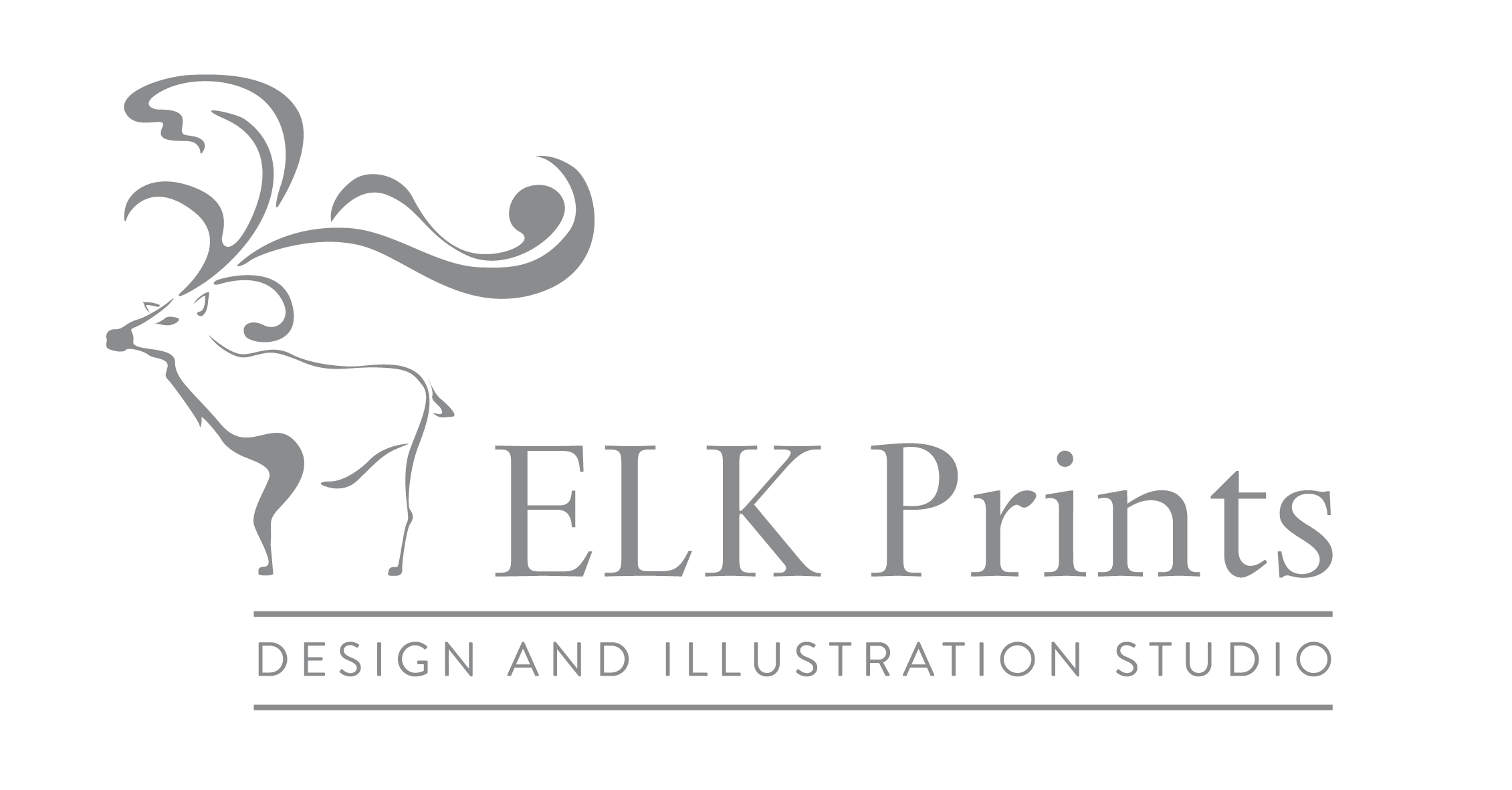3.3 City as Receptacle of Intersection

“It is the place where the diffused rays of many separate beams of life fall into focus” (Mumford 1938; p.3)
Lewis Mumford positions his definition of the city at this intersection point where everything comes together, the city is the point of concentration and focus for the power, culture and significance of society. Religion, commerce, law, education and all the various issues and rituals that a civilisation occupies itself with are represented within its boundaries. The city develops over time acting as a mould “in which men’s lifetimes have cooled and congealed, giving lasting shape, by way of art, to moments that otherwise vanish with the living and leave no means of renewal or wider participation behind them.” (Mumford 1938; p.4). Just as Kostof saw the city as shaped by each generation who leave their scratch upon the city, Mumford sees this layering of time as imprinting not just upon the city but also upon the minds of those who gaze upon it. The city gathers within it the different layers of time, the various artefacts of the past accumulated into this one space as a form of museum or receptacle of history.
The city is not just its structure, its form, the buildings, the technical aspects of it that qualify it as such. The city is also its more abstract notions, the myth of the city, the idea of the city, its embedded memory, the experience of occupying it. The city is understood and interpreted by all those who experience it. Mumford saw that the city was not just an intersection of the elements that comprised civilisation, but also a place “Where human experience is transformed into viable signs, symbols, patterns of conduct, systems of order.” (Mumford 1938; p.3). Walter Benjamin also sees the city in similar terms as “the repository of people’s memories and of the past; and it also functions as a receptacle of cultural symbols.” (Benjamin 1979, paraphrased in - Urry 1995; p.24)
If the city is defined by this collective mix of form, memories and experiences, then the notion of it gathering together various cultural symbols is an interesting concept, and one worth the designer considering. The collective notions surrounding a city can provide a rich framework for establishing multiple representations of a city rather than one single all encompassing representation. Small aspects of a city that on their own individual merits may not form a clear distinctive representation instead may be gathered together and at their intersection point as a whole image the city may be revealed and clearly understood.
